Grow Strawberries at Home: Your Guide to a Sweet Harvest
Grow Strawberries at Home? It sounds idyllic, doesn’t it? Imagine biting into a sun-ripened, juicy strawberry, knowing you nurtured it from tiny seed to plump perfection, right there in your own backyard. This isn’t just a dream; it’s entirely achievable with the right knowledge and a little elbow grease. This article is your passport to that sweet success, packed with easy-to-follow home gardening tricks and DIY solutions to help you cultivate your own strawberry patch, no matter how limited your space.
The history of strawberry cultivation is surprisingly rich, stretching back centuries. While the modern strawberries we enjoy are a hybrid, their ancestors have been cultivated for centuries, prized for their unique flavor and versatility. From ancient Roman times to the modern-day farm, the strawberry has held a special place in our hearts and on our tables. But why limit yourself to store-bought berries when you can experience the unparalleled taste and satisfaction of growing your own?
Why Grow Your Own Strawberries?
There are countless reasons to embark on this rewarding journey. Firstly, homegrown strawberries are bursting with flavor, far surpassing the often bland taste of commercially grown varieties. Secondly, you control the growing process, ensuring your berries are free from pesticides and other harmful chemicals. And finally, there’s an undeniable sense of accomplishment and pride in harvesting your own fruit, a connection to nature that’s both fulfilling and delicious. This guide will walk you through everything you need to know, from selecting the right variety to dealing with common pests, ensuring you have a bountiful harvest of homegrown strawberries.
So, let’s get started on your journey to successfully grow strawberries at home! We’ll explore simple DIY techniques and clever home gardening tricks to help you achieve a thriving strawberry patch, no matter your experience level. Get ready to experience the joy of harvesting your own delicious, homegrown strawberries!
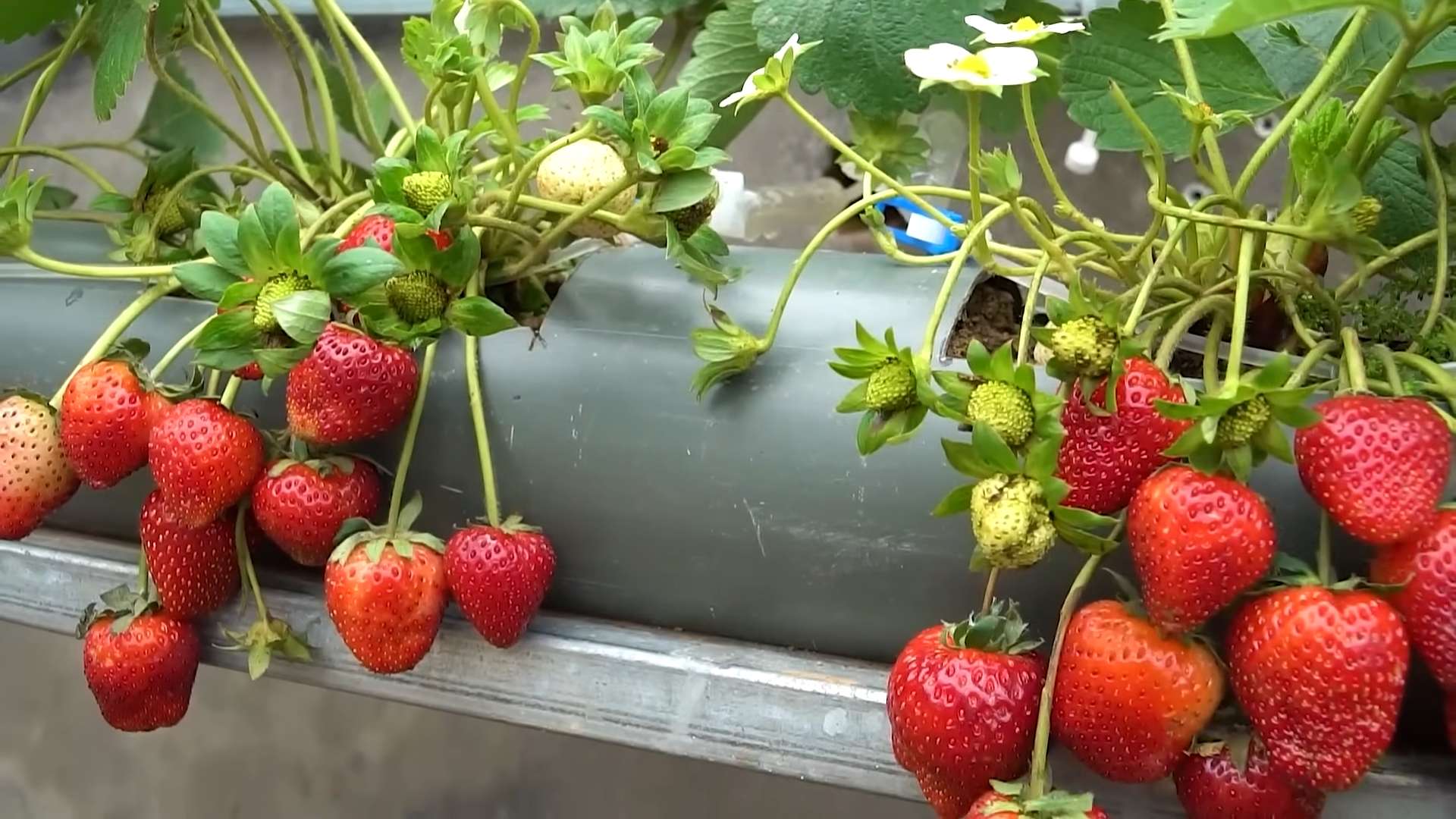
Growing Strawberries at Home: A Complete DIY Guide
So you want to grow your own delicious strawberries? It’s easier than you think! Follow this guide and you’ll be enjoying homegrown berries in no time.
Choosing Your Strawberries and Planting Location
- Select your strawberry variety: There are June-bearing (one big harvest in June), everbearing (multiple harvests throughout the season), and day-neutral (harvests throughout the growing season) varieties. Consider your climate and desired harvest schedule when making your choice. June-bearing are easiest for beginners. Check your local nursery for recommendations suited to your area.
- Choose your planting method: You can plant from seeds, starter plants (recommended for beginners), or runners (offshoots from existing plants). Starter plants are the easiest and quickest way to get a harvest.
- Find the perfect spot: Strawberries need at least 6-8 hours of sunlight per day. Choose a location with well-drained soil. Poor drainage can lead to root rot. A slightly acidic soil pH (6.0-6.8) is ideal.
- Prepare the soil: Amend your soil with compost or other organic matter to improve drainage and fertility. This will give your strawberries the best start. Work the compost into the top 6-8 inches of soil.
Planting Your Strawberry Plants
- Dig the holes: Dig holes about 12 inches apart and as deep as the root ball of your strawberry plants. For rows, space rows 18-24 inches apart.
- Gently remove the plants from their containers: Be careful not to damage the roots. If the roots are root-bound, gently loosen them before planting.
- Place the plants in the holes: Make sure the crown (the point where the leaves meet the roots) is at or slightly above the soil surface. Planting too deep can lead to rot.
- Fill the holes with soil: Gently firm the soil around the base of the plants to eliminate air pockets.
- Water thoroughly: Give your newly planted strawberries a good watering to help settle the soil and encourage root growth.
Ongoing Care and Maintenance
- Watering: Water regularly, especially during dry periods. Aim for consistent moisture, but avoid overwatering, which can lead to fungal diseases. A soaker hose or drip irrigation system is ideal.
- Mulching: Apply a 2-3 inch layer of mulch (straw, shredded leaves, or wood chips) around the plants. This helps retain moisture, suppress weeds, and regulate soil temperature.
- Fertilizing: Feed your strawberries with a balanced fertilizer in spring, before flowering. Avoid over-fertilizing, as this can lead to excessive foliage and fewer berries. A slow-release fertilizer is a good option.
- Weed control: Regularly remove weeds, as they compete with your strawberries for water and nutrients. Mulching helps significantly with weed control.
- Pest and disease control: Inspect your plants regularly for signs of pests or diseases. Address any problems promptly using appropriate organic methods or pesticides if necessary. Consult your local nursery for advice on pest and disease management in your area.
Harvesting Your Strawberries
- Harvest at the peak of ripeness: Strawberries are ready to harvest when they are fully red and slightly soft to the touch. Don’t wait too long, as overripe berries will be mushy and less flavorful.
- Harvest gently: Gently twist or cut the berries from the plant, leaving the cap intact. Avoid pulling or tugging, as this can damage the plant.
- Store properly: Store harvested strawberries in a single layer in a container in the refrigerator. They will keep for a few days. You can also freeze them for later use.
Dealing with Common Strawberry Problems
Root Rot
Root rot is a common problem caused by overwatering and poor drainage. Symptoms include wilting plants and dark, mushy roots. To prevent root rot, ensure good drainage and avoid overwatering. If root rot occurs, remove affected plants and improve soil drainage.
Pest Infestations
Several pests can attack strawberry plants, including slugs, snails, aphids, and spider mites. Use organic pest control methods such as handpicking pests, introducing beneficial insects (like ladybugs), or using insecticidal soap. Always follow the instructions on any pest control product carefully.
Disease Problems
Strawberry plants can be susceptible to various diseases, including gray mold (botrytis), leaf spot, and powdery mildew. Good air circulation, proper watering, and the removal of infected plant parts can help prevent these diseases. Consult your local nursery for advice on disease management in your area.
Advanced Techniques (Optional)
Once you’ve mastered the basics, you can explore more advanced techniques like:
- Vertical gardening: Growing strawberries in hanging baskets or vertical planters can save space and improve air circulation.
- Straw bale gardening: Growing strawberries in straw bales is a great option for areas with poor soil.
- Hydroponics: Growing strawberries hydroponically allows for year-round harvests and precise control over nutrient levels.
Remember, patience and observation are key to successful strawberry growing. Enjoy the process and the delicious rewards of your homegrown harvest!
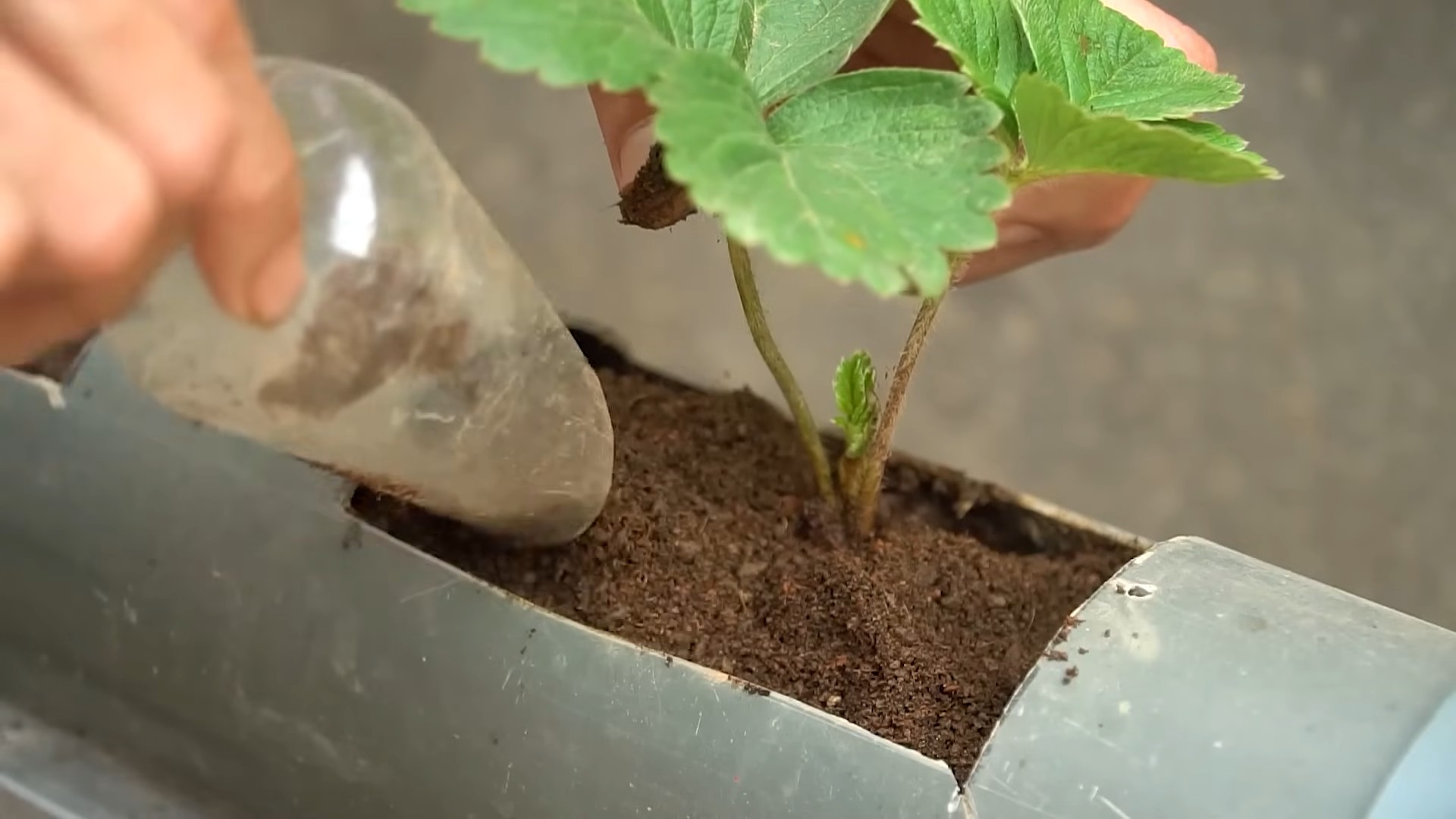
Conclusion
So there you have it! A comprehensive guide to growing your own luscious, homegrown strawberries. This DIY trick isn’t just about saving money on grocery bills; it’s about experiencing the unparalleled joy of nurturing a plant from seed to succulent, ripe berry. The satisfaction of biting into a strawberry you’ve cultivated yourself, bursting with sun-kissed sweetness, is truly unmatched. This method of growing strawberries at home is a must-try for anyone with even a small patch of sun-drenched space, a green thumb (or the desire to develop one!), and a yearning for fresh, flavorful fruit. It’s a rewarding project that connects you to nature, teaches patience, and ultimately provides you with a delicious harvest. The process is surprisingly simple, even for beginners, and the results are incredibly rewarding. You’ll be amazed at how quickly your plants thrive and how bountiful your harvest becomes.
Beyond the basic method outlined, there are countless ways to personalize your strawberry-growing journey. Experiment with different strawberry varieties – from the classic Chandler to the ever-bearing Albion, each offers a unique flavor profile and growing habit. Consider using different containers – hanging baskets, raised beds, or even repurposed containers add a touch of creativity to your garden. For those with limited space, vertical gardening techniques can maximize your yield. Don’t be afraid to get creative! Try incorporating companion planting – herbs like basil and thyme can deter pests and enhance the flavor of your strawberries. And remember, the more you learn and experiment, the better you’ll become at growing these delightful berries.
We strongly encourage you to embark on this rewarding adventure. Share your experience with us! Post pictures of your thriving strawberry plants and your delicious harvest on social media using #GrowStrawberriesAtHome. We’d love to see your progress and celebrate your successes. Let’s build a community of home strawberry growers, sharing tips, tricks, and the joy of harvesting our own sweet rewards. Remember, even small successes are significant steps towards a more fulfilling and fruitful (pun intended!) life. So, grab your seeds, get your hands dirty, and get ready to experience the magic of growing strawberries at home. You won’t regret it!
Frequently Asked Questions
What type of soil is best for growing strawberries?
Strawberries thrive in well-drained, slightly acidic soil with a pH level between 6.0 and 6.8. Amend heavy clay soils with organic matter like compost or peat moss to improve drainage. Sandy soils may benefit from the addition of organic matter to retain moisture. A soil test can help determine your soil’s pH and nutrient levels, allowing you to make necessary adjustments. Remember, good soil is the foundation for healthy plants and a bountiful harvest.
How much sunlight do strawberries need?
Strawberries need at least 6-8 hours of direct sunlight per day to produce a good crop. Choose a location in your garden that receives ample sunlight, especially during the warmest part of the day. Insufficient sunlight can lead to poor fruit production and smaller, less flavorful berries. If you have limited sunlight, consider using grow lights to supplement natural sunlight, particularly during the early stages of growth or in shaded areas.
When is the best time to plant strawberries?
The best time to plant strawberries depends on your climate. In most regions, spring (after the last frost) and fall are ideal planting times. Spring planting allows the plants to establish themselves before the summer heat, while fall planting gives them time to root before winter. Check your local gardening calendar for specific recommendations based on your region’s climate and frost dates. Proper timing ensures optimal growth and a successful harvest.
How often should I water my strawberries?
Consistent watering is crucial for healthy strawberry plants. Water deeply and regularly, especially during dry periods. Aim to keep the soil consistently moist but not waterlogged. Overwatering can lead to root rot, while underwatering can stress the plants and reduce fruit production. Mulching around the plants can help retain soil moisture and reduce the frequency of watering. Observe your plants closely – if the leaves start to wilt, it’s a sign that they need water.
What are some common pests and diseases that affect strawberries?
Strawberries can be susceptible to various pests and diseases, including slugs, snails, aphids, spider mites, and fungal diseases like gray mold and leaf spot. Regularly inspect your plants for signs of infestation or disease. Implementing preventative measures such as proper spacing, good air circulation, and mulching can help reduce the risk of pest and disease problems. Organic pest control methods, such as introducing beneficial insects or using insecticidal soap, are often effective in managing pests. For fungal diseases, ensure good air circulation and avoid overhead watering.
How do I harvest my strawberries?
Strawberries are typically ready for harvest when they are fully colored and have a sweet aroma. Gently pull or twist the berries from the plant, leaving the green cap attached. Avoid pulling too hard, as this can damage the plant. Harvest regularly to encourage continued fruit production. Store harvested strawberries in a cool, dry place or refrigerate them to maintain their freshness. Enjoy the fruits of your labor! Remember, patience and care will reward you with a delicious and abundant harvest of homegrown strawberries.

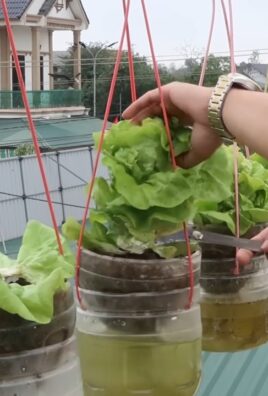
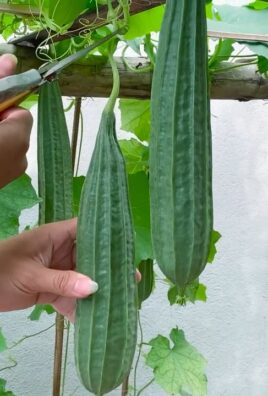
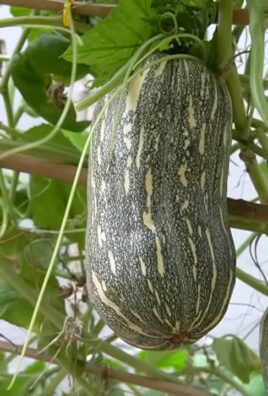
Leave a Comment